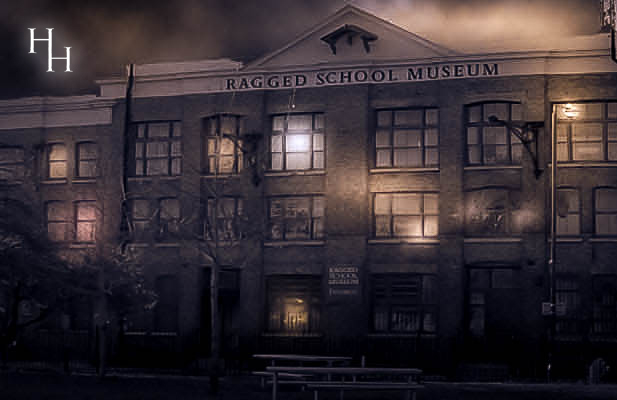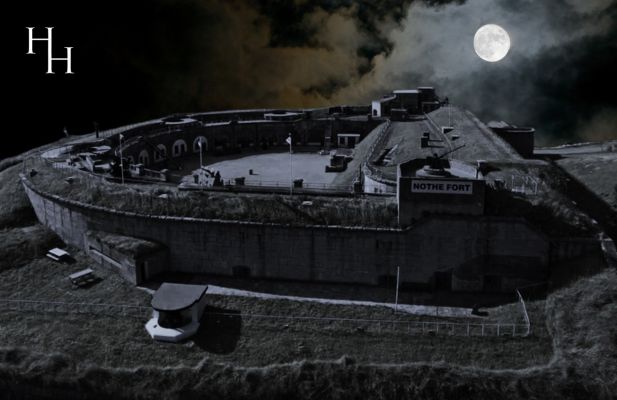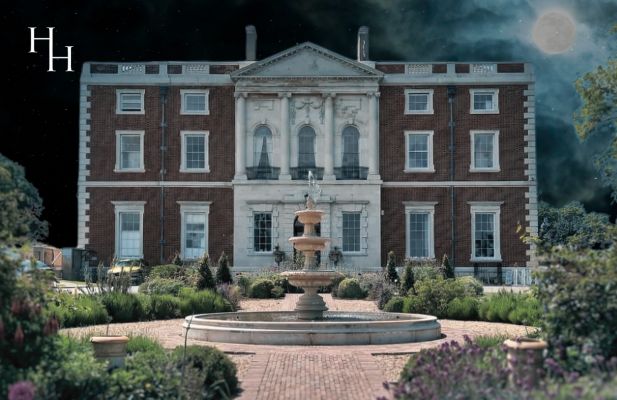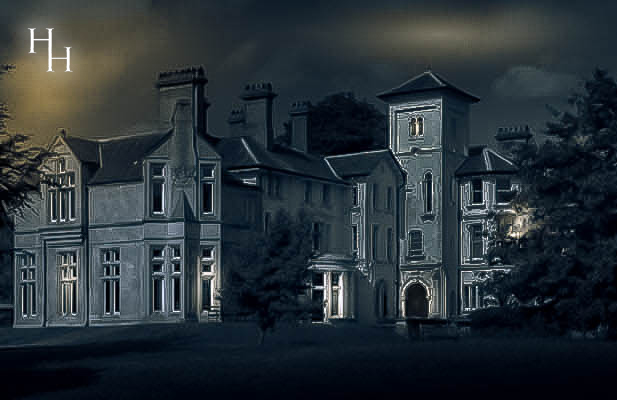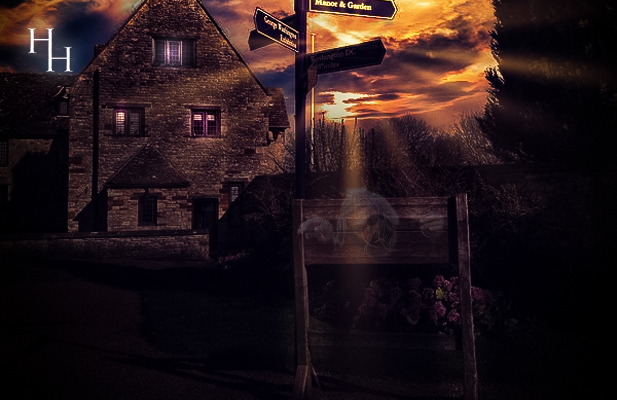Ragged School - London, London
A sinister presence, poltergeist activity and even apparitions await you on an overnight ghost hunt
Sorry, we do not have any events for this location at the moment. Please keep an eye on our website for future dates.
The Ragged School in London is possibly one of the most haunted buildings Haunted Happenings have ever visited. During ghost hunts here, people have witnessed such intense activity that they have been left running for the door. A sinister presence, poltergeist activity and even apparitions await you on an overnight ghost hunt at The Ragged School and only the bravest souls should consider a lone vigil in the upstairs cupboard or the basement. This ghost hunt is not one for those who are faint hearted or easily frightened. You have been warned!
Ghosts of The Ragged School
You get a real sense of how things really were for the children of The Ragged School and the Museum also has several gallery areas including a Victorian East End kitchen with all its historical artefacts. The amount of activity that has been reported here is startling.
Many paranormal groups have investigated and this building leaves you in no doubt that there are spirits and ghosts within. People have heard tormented cries, laughing and loud bangs and these have even been picked up on sound recordings. Heavy footsteps from empty rooms, strange lights that float amongst you in the basement and some of the most intense Poltergeist activity Haunted Happenings have ever experienced are all waiting for you at The Ragged School. We defy anybody to spend time alone in the basement.
History of The Ragged School
Originally opened in 1867 by Dr Barnardo the Ragged School Museum has a very colourful history. When Dr. Barnardo came to London from Ireland in 1866 he arrived to a city that was rife with poverty, disease and overcrowding and educational opportunities for the poor were non-existent. He gave up his medical training after watching the Cholera epidemic sweep through London to become a missionary and in 1867 he opened his first 'Ragged School' which offered children a free basic education.
When it closed in 1908 the Government schools had opened in the area which served the needs of the local families. The buildings then became warehouses for the goods that were being transported along Regent's Canal, before being rescued by The Ragged School Museum Trust.
The Ragged School Museum is housed in a group of three canalside buildings which once formed the largest ragged or free school in London. Thomas Barnardo came to London from his home city of Dublin in 1866 intending to train as a doctor and then a missionary in China. When he arrived he was confronted by a city where disease was rife, poverty and overcrowding endemic and educational opportunities for the poor were non-existent.
He watched helplessly as a cholera epidemic swept through the East End, leaving over 3,000 Londoners dead and many destitute. Barnardo gave up his medical training to pursue his local missionary works and in 1867 opened his first Ragged School where children could gain a free basic education. Ten years later, Barnardos Copperfield Road Free School opened its doors to children and for the next thirty-one years educated tens of thousands of children.
It closed in 1908 by which time enough government schools had opened in the area to serve the needs of local families. The buildings, originally warehouses for goods transported along the Regents Canal, then went through a variety of industrial uses until, in the early 1980s, they were threatened with demolition.
It was then that a group of local people joined together to save them and reclaim their unique heritage. The Ragged School Museum Trust was set up and the museum opened in 1990. The museum was founded to make the history of the Ragged Schools and the broader social history of the Victorian East End accessible to all. Within the original buildings, an authentic Victorian Classroom has been set up where each year some 16,000 children experience a school lesson as it would have been taught more than 100 years ago.
There is also a recreated Victorian East End Kitchen from the 1900s demonstrating what life would have been like in a simple, one-room home with no electricity or running water. The museum has several gallery areas, a reconstructed Victorian Classroom and a Victorian East End Kitchen displaying its own collection of historical objects, all designed for hands-on inspection. This is a museum where you can sit at the school desks, use the tin bath and experience what life was like for the Victorian poor of the East End of London.




